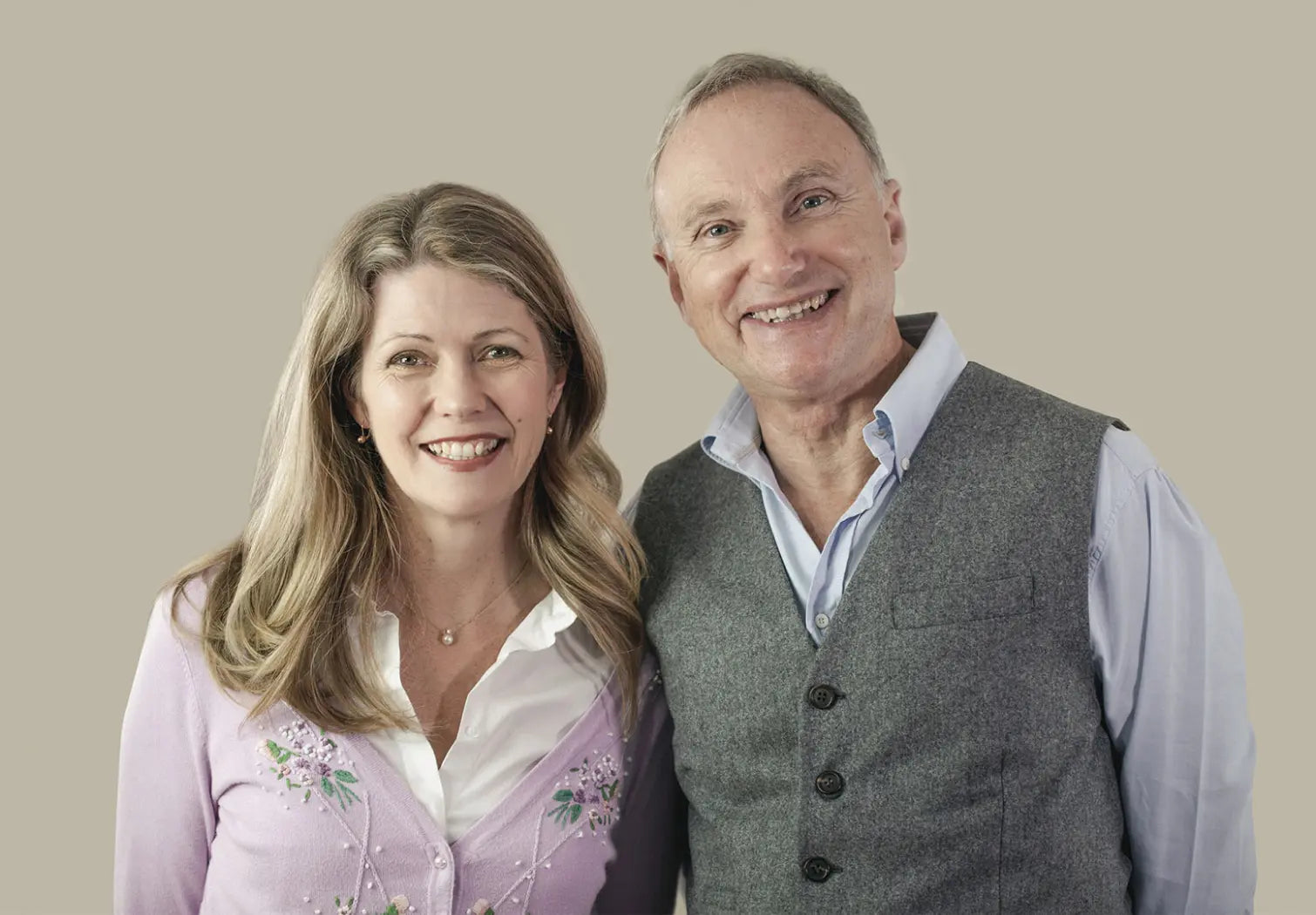Courses for You

The Attwood & Garnett Difference
Learn from two leading autism experts with combined specialised experience of over 80 years.
Learn from clinicians who are also researchers, with over 50 peer-reviewed published papers between them.
Michelle speaks from her lived experience with AuDHD, in addition to clinical experience with autistic clients and their families over 30 years.
Learn from the clinicians who write the books to train other clinicians with 16 published books between them.
Tony is a father and grandfather to autistic children, and has over 50 years experience with autistic clients and their families.
Join over 100,000 satisfied attendees who have transformed their parenting, teaching and/or clinical practice.
Upcoming Events
What people have said...
About Our Courses

Who Are Prof Tony Attwood and Dr Michelle Garnett?
Professor Tony Attwood and Dr Michelle Garnett share a passion to expand awareness, understanding and acceptance of autism amongst parents, professionals and the broader community. They are considered as internationally recognised experts in autism, with a combined knowledge and experience of over 80 years as clinical psychologists, authors, researchers and consultants.
Learn MoreWatch our welcome video from Dr Tony & Dr Michelle.















